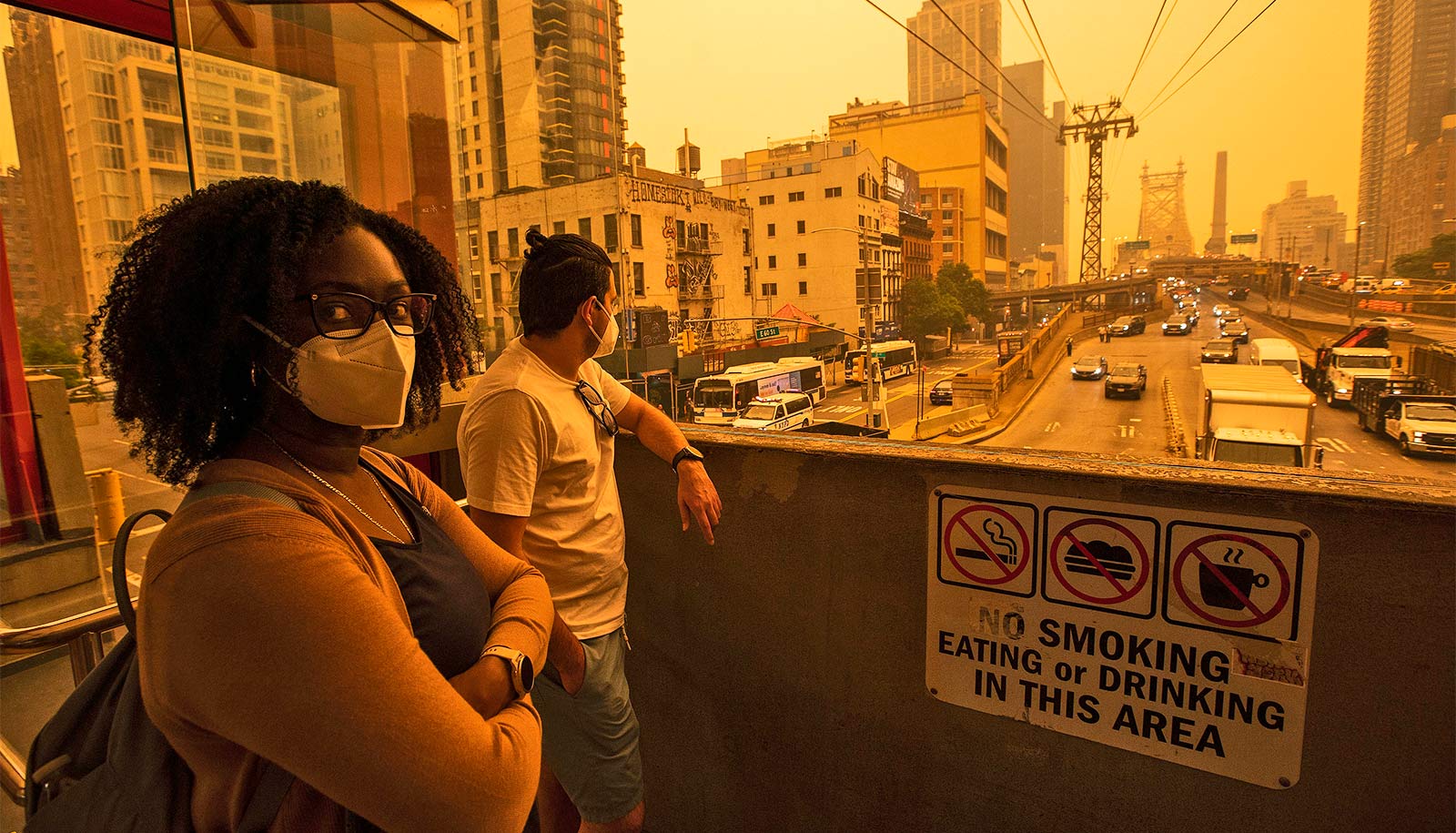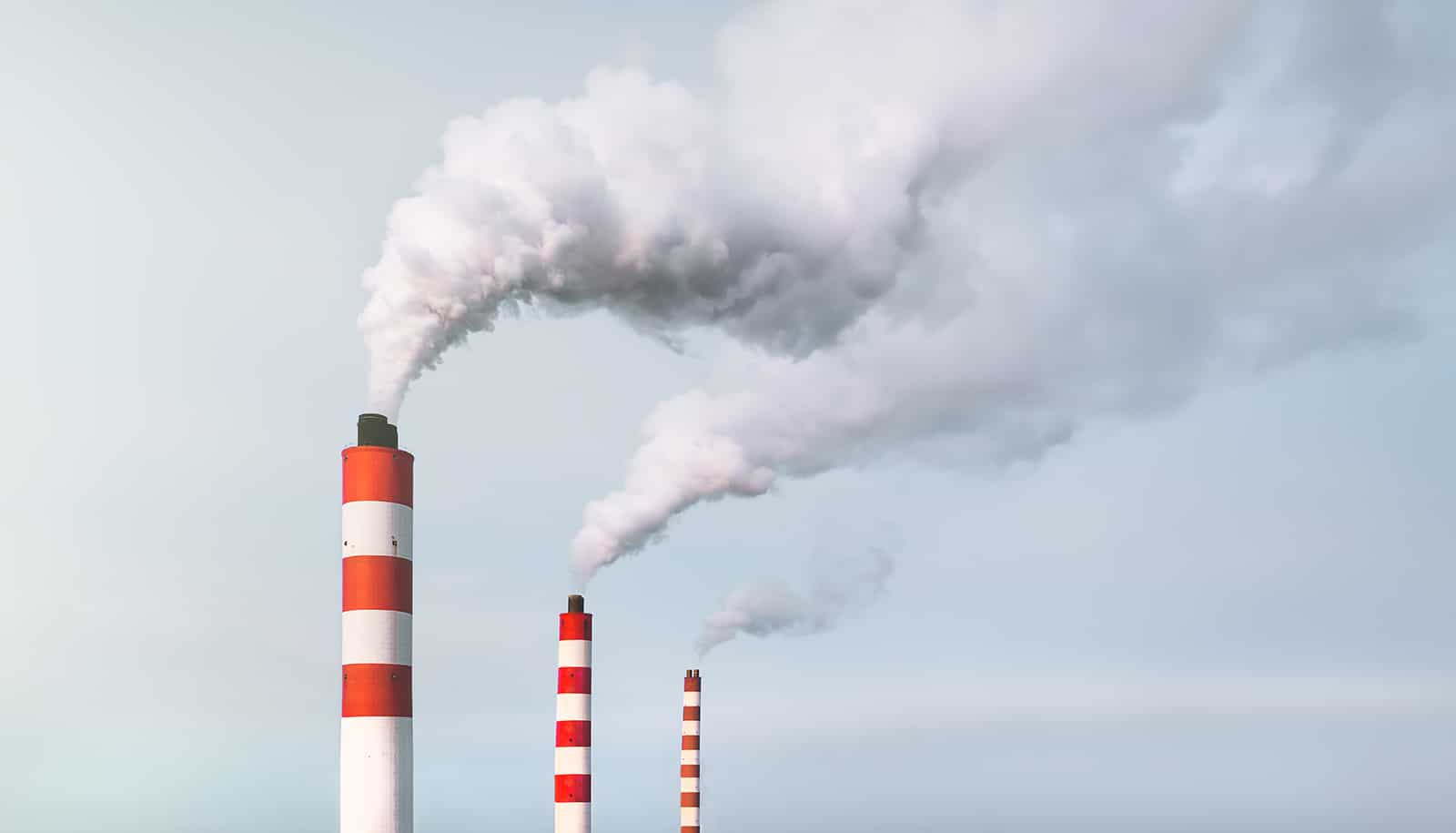Short-term management responses to natural disasters mediated by climate change “may be inefficient and even maladaptive in the long term,” according to a new paper.
As hurricane season begins on the East Coast and the West Coast heads into fire season, there’s no time like the present to consider the short- and long-term effects of responses to disasters being shaped by the climate of a warming Earth, researchers say.
Are we doing enough to ensure our future well-being in the face of climate change, or are we too distracted by intense but relatively infrequent disasters such as fire and flood to contemplate the big-picture changes we need to make?
The researchers’ concept is derived from salience theory, which predicts that people are more likely to respond directly and specifically to events that stand out more to them—such as the acute experiences of being in a disaster—than they are to less vivid but no less significant phenomena. This often results in immediate responses with unintended consequences.
“What tends to happen is that after a wildfire, for instance, the government responds by placing more fuels management projects intended to reduce the risk of future fire near the community that experienced the wildfire,” says Sarah Anderson, an associate professor in the Bren School of Environmental Science & Management at the University of California, Santa Barbara, and lead author of the paper, which appears in Nature Climate Change.
“But, given that the fire likely already reduced fire risk in that area, it might have been better to take those actions elsewhere.”
The resulting lack of resources to reduce the buildup of fuel in other, similarly fire-prone areas could increase the risk of wildfires already is elevated by a changing climate.
The same notion applies to other disasters, such as flooding and infectious disease, according to the researchers.
The engineering and landscape modifications built in previous decades to contain floods may in effect actually store more water. The result: an increase in both the intensity and duration of floods that already are expected to grow in magnitude and severity due to climate change-induced acceleration of the hydrologic cycle.
Strategies to combat pathogen-borne diseases on the heels of an outbreak brought on by temperature-mediated range shifts in the mosquito population, for instance, have led to resistance and subsequently worse outbreaks.
The desire for immediate response and the need to plan for long-term events sets up a dilemma for decision makers, who are expected to address the situation at hand and simultaneously plan for the future.
Volunteers are backbone of community resilience after disaster
“The tension is especially intense for elected officials who need to attend to re-election concerns that are quite short-term and the need to think about adaptation in the long-term,” Anderson says. However, she adds she is “optimistic” that disasters and the salience they carry can provide opportunities to think about both near- and far-term solutions.
“For example, at the same time that we take care of recovery needs after a fire, we can think about long-term land use planning changes that discourage settlement in fire-prone areas, disaster management that works better and retrofitting houses to make them more resistant to fire,” she says.
“I also think that we need to consider how to use the salience of a disaster in one place to enhance preparedness in other places,” she continues.
“For example, can we use the story of the 2018 Montecito debris flows to engage people in other places with similar risk—such as all along the San Bernardino mountains—to be better prepared and to respond more quickly to warnings? One thing to note is that government agencies tend to have longer time horizons than elected officials, so they can play an important role.”
Housing recovery after disasters needs a remodel
Other coauthors of the paper are from UC Santa Barbara, the University of California Cooperative Extension, the UC Sierra Nevada Research Institute, Stanford University, and the University of Washington at Tacoma.
The Bren School’s Strategic Environmental Research Initiative, the National Science Foundation, and the National Socio-Environmental Synthesis Center funded the work.
Source: UC Santa Barbara



